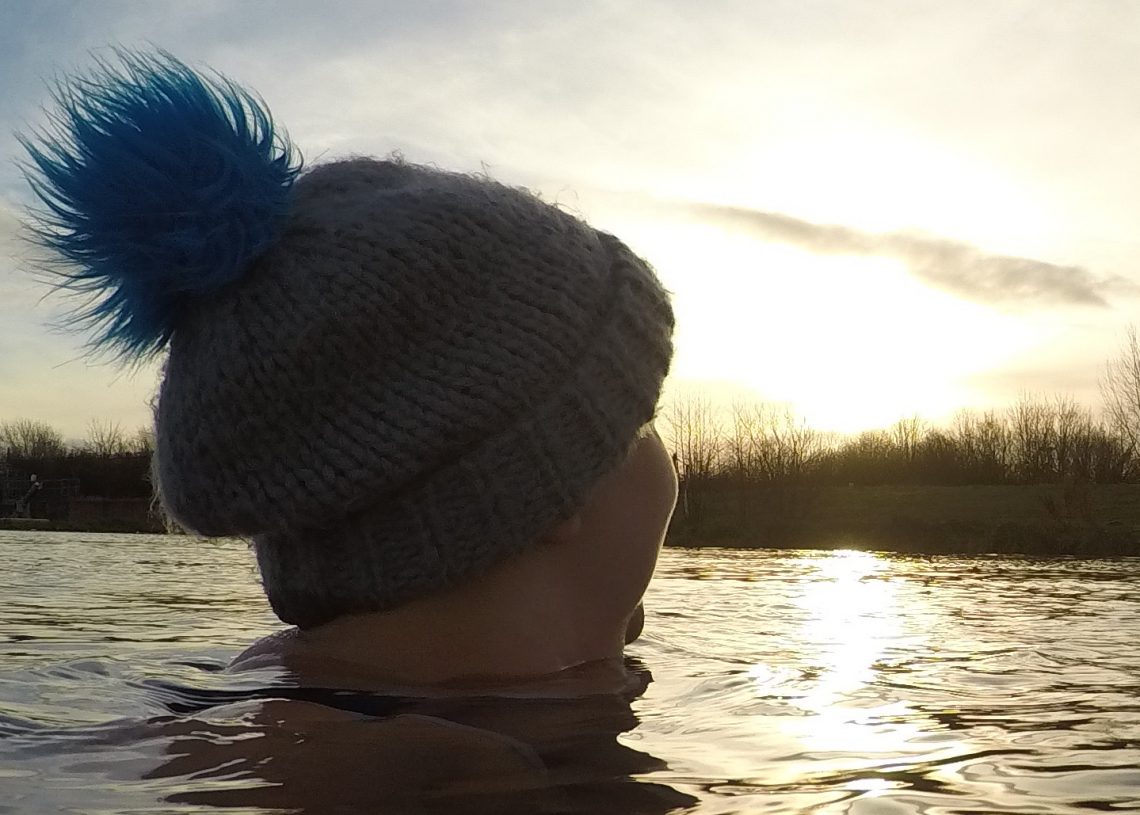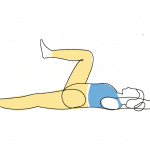
How to avoid neck pain in head-up breaststroke
Swimming coach Cassie Patten answers a reader’s question about how to improve her head-up breaststroke and avoid neck pain while swimming
“Due to being perimenopausal and hearing of the benefits of cold water immersion, I have just started open water swimming.
I am hoping to continue this throughout the winter. I like to wear a hat so I’m a head-up breaststroker. However, after about five minutes in the water I find I get really bad neck ache.
I know my stroke is not effective as I hardly move anywhere. I have been resulting to holding my tow float and just kicking, which I get a bit embarrassed about.
What can I do to make me faster and stop this pain in my neck?“
Cee Johnston
Cassie Patten answers:
I have just started doing some cold water dips myself, where I wear a woolly hat and go in for the experience rather than for the distance. I had never swum head-up breaststroke before and I have a new-found respect for people who swim great distances with their head up, as like yourself it makes me have an ache in the neck and lower back.
DIRECTION OF STROKE
Like with all strokes the main thing you must think about is what direction you are moving the water, as pushing the water backwards creates forward momentum. Swimming breaststroke with your head up can often lead to circling your arms parallel to the water’s surface, and therefore not pressing any water backwards. This combined with the extra drag from the diagonal body position and lower leg position makes for an inefficient stroke.
POSITIONING
The best way to think about breaststroke pull is that your arms are pulling around the inside of a mixing bowl. Make sure your fingertips are lower than your elbows and you use the forearm to press the water backwards. Try to ensure the stroke is carried out in front of your breastbone and not allow your arms to do huge wide pulls to your sides.
I use a tow float as a means to keep my head up and out of the water and I often just kick, so do not be embarrassed about this.
LEG ACTION
If you are using a breaststroke kicking action, my top technique points are to say “bend, star, snap” in your head, as you want to bend your knees so your ankles reach up towards your buttocks, then by turning your feet out, you kick into a starfish shape. Finally, the propulsion of the kick comes from snapping your big toes together.
LOOK DOWN
A little tip to help ease your neck pain is to look slightly down when you are swimming. You do not have to put your face fully in the water – just allow your chin to be submerged and it will take the pressure off your neck.
DOGGY PADDLE ALTERNATIVE
Another stroke you can try instead of head-up breaststroke is a doggy paddle variation. I swim like this if the sea is a bit choppy and I want a bit more power while still having my head out of the water. The main focus of the doggy paddle technique is to ensure your elbows stay higher than your finger tips and push backwards under water.
I hope that helps and you enjoy your dips over the winter. We can be bobble hat swimmers together!
Cassie Patten won bronze in the first ever Olympic 10km marathon swim, in the Beijing 2008 Olympics. Cassie now coaches and is a frequent commentator at open water events. cassiepatten.co.uk
Email your questions to: editor@outdoorswimmer.com with the subject ‘Coach Cassie’
This article originally featured in the November 2022 issue of Outdoor Swimmer. To subscribe to the magazine, click here.
Read more about improving your breaststroke here.









